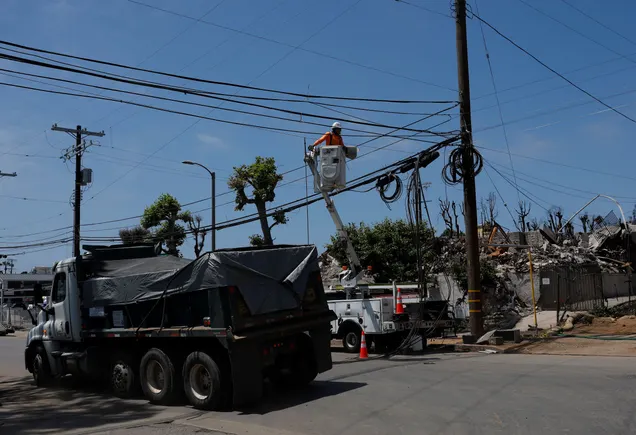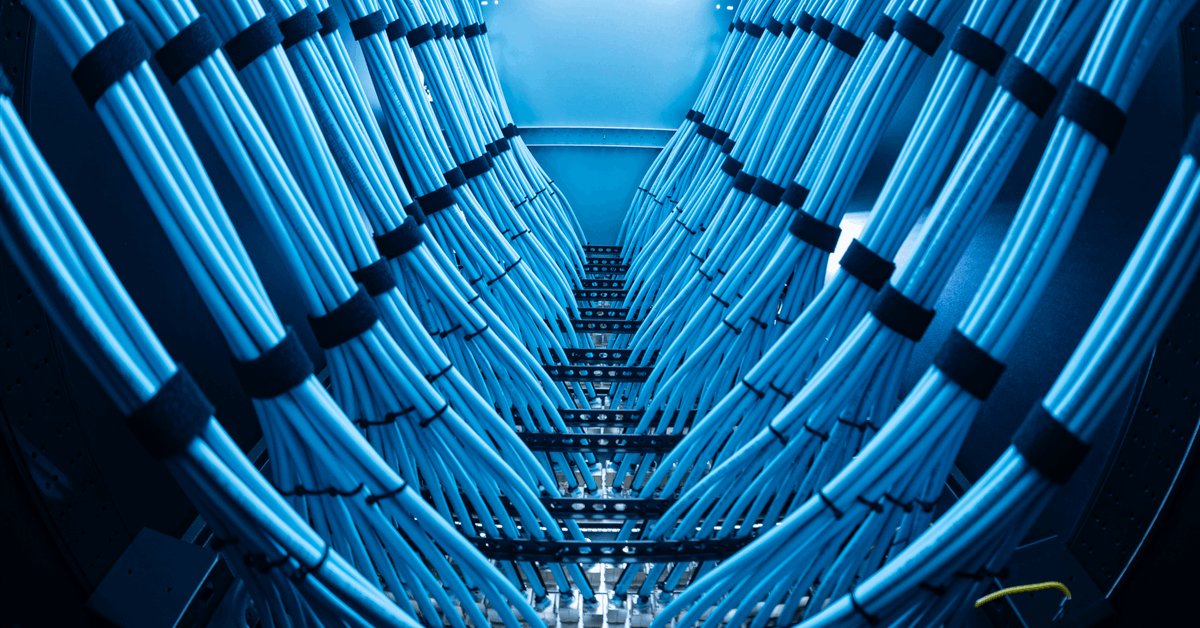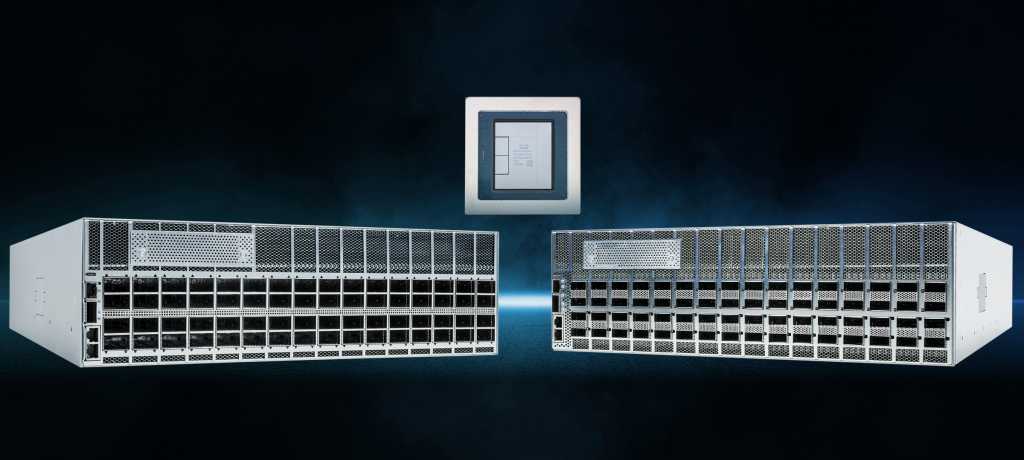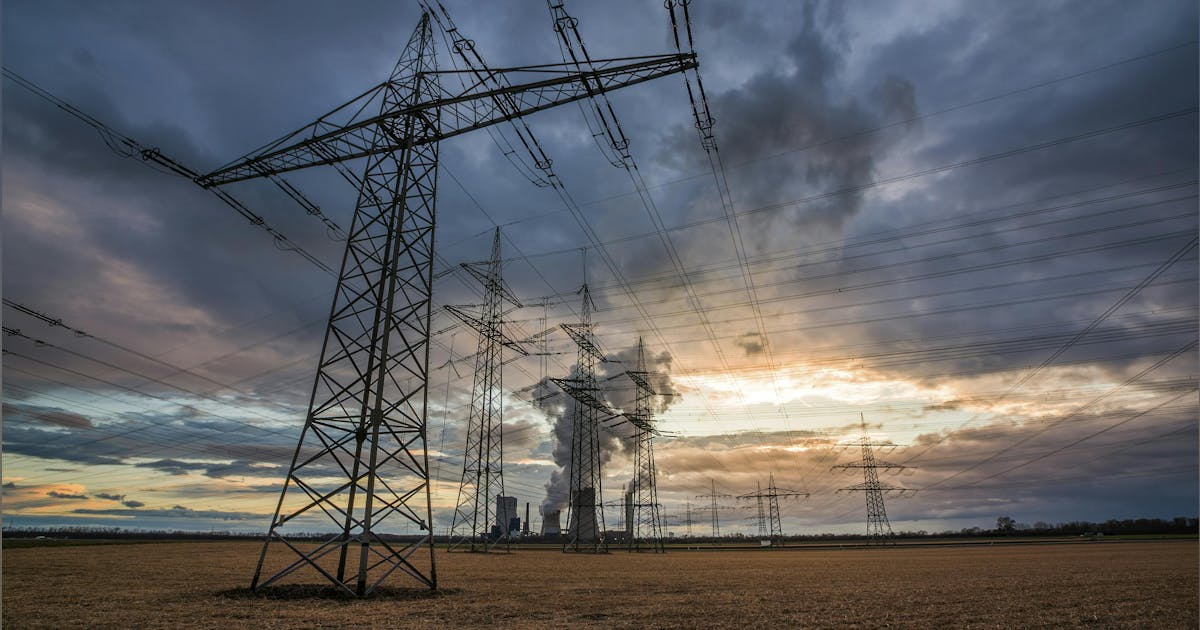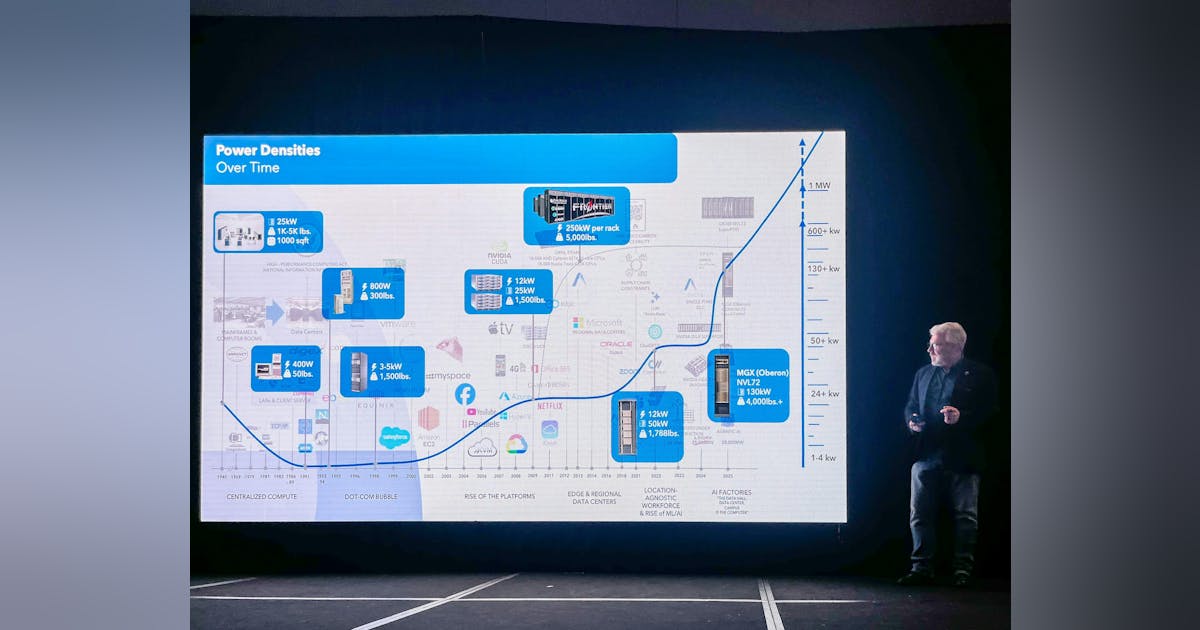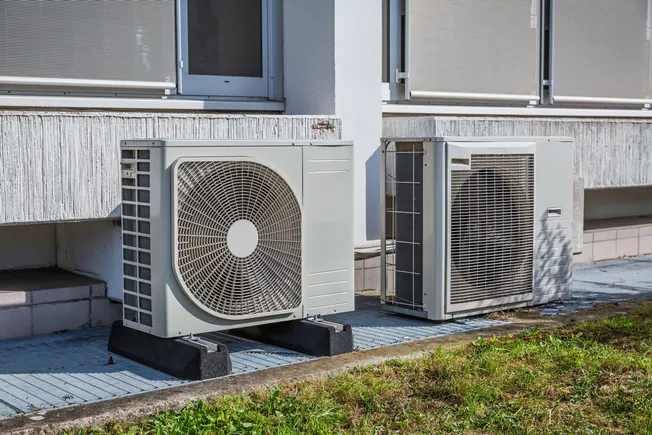
Ari Matusiak is the founder and CEO of Rewiring America.
Around the country, American families are finding their electricity bills harder and harder to afford. Electricity prices have risen twice as fast as inflation — and they’re still going up, as utilities requested $29 billion in rate hikes so far this year alone. Low-income families already pay nearly 18% of their income on energy. It’s not adding up for households.
Soaring energy demand from hyperscalers, the tech companies building AI data centers, has shattered two decades of relatively flat electricity use. U.S. electricity demand is projected to grow by 128 GW by 2029 — 93 GW of which is to support data centers.
State officials and utilities feel they have to choose between attracting prospective AI business and enduring long interconnection waiting periods and a volatile national landscape for renewables. Many are opting to resurrect coal plants that had been planned for retirement, or greenlight construction on new gas-fired power plants. And many decision makers view increasingly electric households as passive energy consumers that are in direct competition for a limited power supply.
It doesn’t have to be this way.
There is actually a near-term solution that won’t require forgoing climate pledges or waiting years for new power plants: Data center operators should pay for residential upgrades to heat pumps, rooftop solar and storage — to secure the power they need right now, and establish the grid stability we all need for the future.
It’s time to recognize that households — far from being passive energy consumers — are the foundation of our energy infrastructure, and the hero of our energy story.
The roadmap
This is not just a nice idea. It’s a data-backed solution. In our new report, Homegrown Energy: How household upgrades can meet 100 percent of data center demand growth, we demonstrate how upgrading households is the fastest way for hyperscalers to obtain all the electricity they need — while also contributing towards a flexible, resilient and cost-effective all-electric grid that can support sustained growth in the decades ahead.
We calculated a range of direct benefits that come when hyperscalers and utilities first look to the household to solve their energy system challenges.
In the immediate term, we found that hyperscalers can add roughly 30 GW of capacity nationwide — or one-third of their projected capacity needs through 2029 — by putting heat pumps into households that currently use inefficient electric heating, cooling or water heating.
In Pennsylvania, the figure is even higher. We found that 45% of the state’s projected new data center demand, or 1.3 GW, could come from upgrading inefficient electric heating systems to heat pumps.
This is a cost-competitive option. We calculated that if hyperscalers covered half the upfront installation price of 6.5 million households with electric resistance heating to heat pumps, they could secure grid capacity at a price of roughly $344/kW-year. That’s on par with the cost of building a new gas plant, currently about $315/kW-year.
It’s also a faster option. With average wait times for a new gas plant to come online stretching to seven years or more, looking to the household for capacity is the smart move.
There are significant immediate benefits for households. Energy bills would drop by an average of $740 per year. Reduced outdoor air pollution resulting from the upgrades would lead to $2.3 billion in health benefits, based on our past modeling of health outcomes from electrification. And by pairing these investments with negotiated discounts or standardized installs that achieve economies of scale, hyperscalers would create a virtuous feedback cycle that further lowers upfront costs for households and makes existing state and local incentives more efficient and effective.
Reaching 100%
In a second scenario, we ran the numbers to see what it would take for hyperscalers to find even more capacity from households.
We found that if hyperscalers invested in a home battery for all single-family homes and a 5-kW solar panel system for those with a suitable roof — modest, by residential installation averages — they could collectively generate 109 GW of increased capacity on the grid. That’s more than the 93 GW that data centers are projected to need. And with installations at that scale, paired with targeted interventions such as streamlining the permitting process, hyperscalers could secure this capacity at costs comparable to building a gas power plant.
Texas could unlock 13.9 GW of capacity through solar, storage and upgrading inefficient central AC systems to heat pumps, which is 80% of the 17 GW of projected new data center capacity needs in the state.
Georgia could unlock 6.9 GW of capacity through solar, storage and upgrading inefficient electric heating systems to heat pumps, which is 100% of the 6.7 GW of projected new data center capacity needs in the state.
And Pennsylvania could unlock a total of 4.5 GW of capacity through solar, storage and upgrading inefficient electric heating systems to heat pumps, which is 150% of the 3 GW of projected new data center capacity needs in the state.
Foundation for the future
This plan is more than feasible. It presents a win-win solution that is available to us right now. And it begs the question: if the household can play such a large role in delivering the solutions we need, why wouldn’t we commit to that path?
The politics facing hyperscalers and utilities alike are increasingly challenging. In just the last few weeks, there has been a surge of articles drawing the link between increasing energy bills at the kitchen table and data centers coming to town. That is a trade ratepayers are unlikely to make, and it threatens the social license for all parties involved.
It’s time for us to reject the false premise that the only way out of this problem is to focus exclusively on adding more inefficient fossil-fueled power plants to the grid, while ignoring the missed opportunity inside each of the millions of households with existing links to the grid.
We have a practical, economic and political imperative to quantify and pay for the benefits that upgrades can bring both to the household itself and also to the system. We must prioritize policies that support this vision.
There are already successful programs in place across the country where households are being tapped in to contribute — from decades of successful energy efficiency initiatives to the more recent uptick in virtual power plant and load shifting programs. To date, emerging large-load tariff models and other policy mechanisms largely overlook the vast opportunity for data center operators to leverage households as grid assets while investing in tangible benefits for communities.
We can pave the way for a modern, all-electric future that lifts up households and industry alike. It’s time we commit to it.





